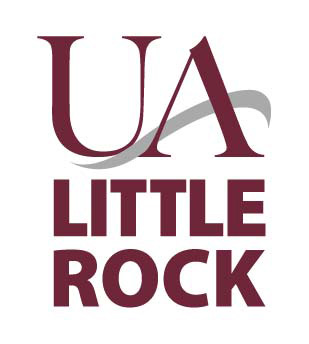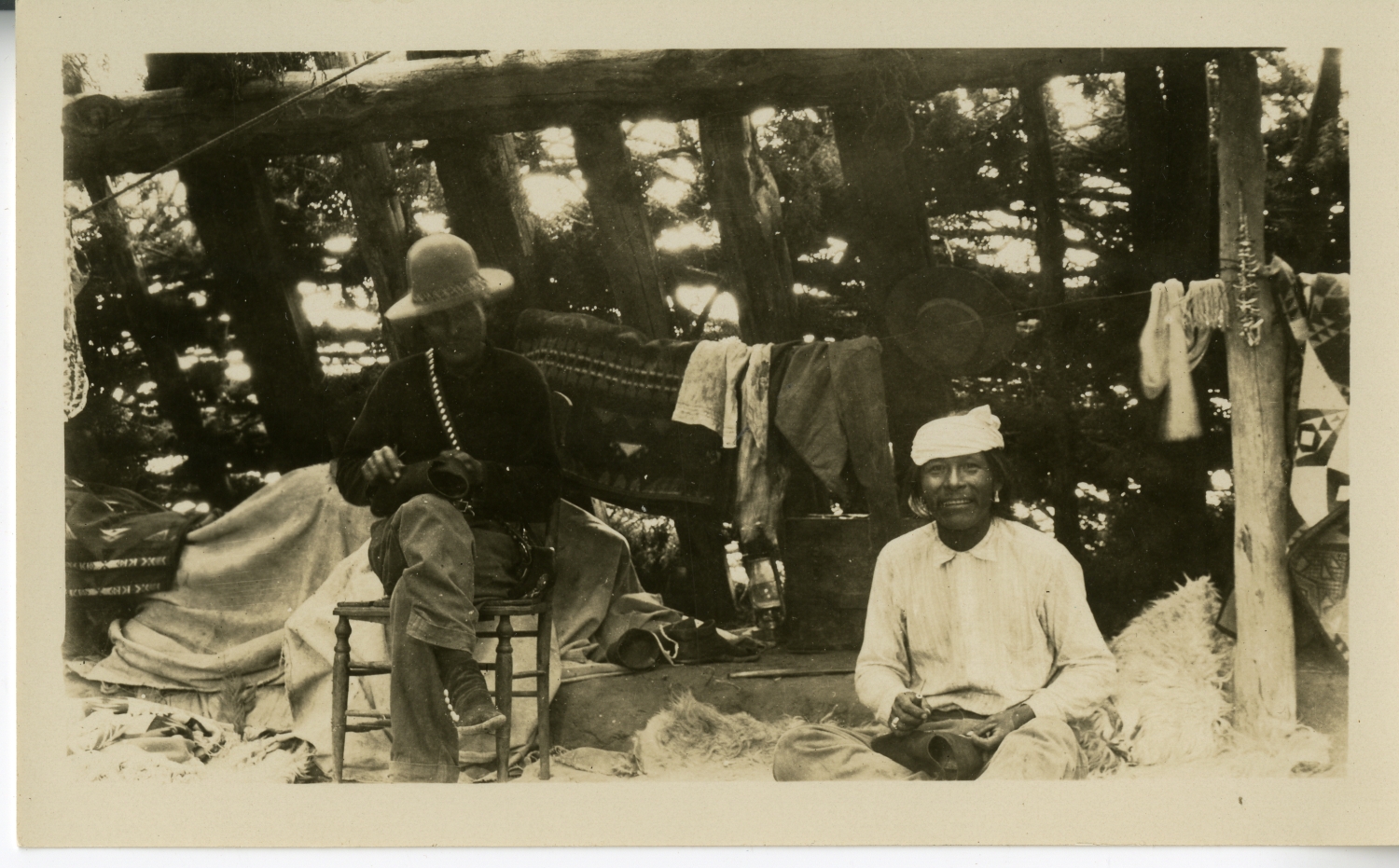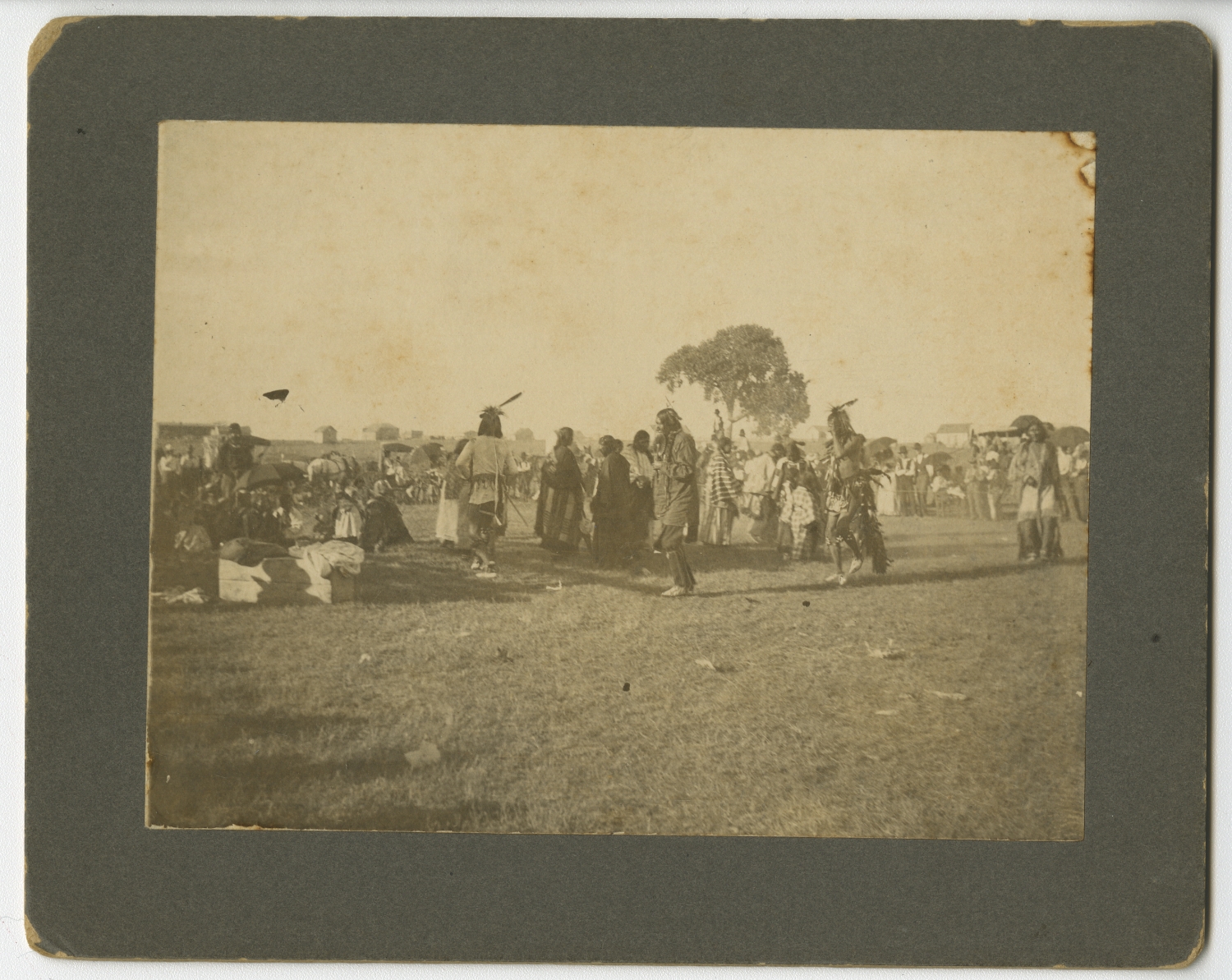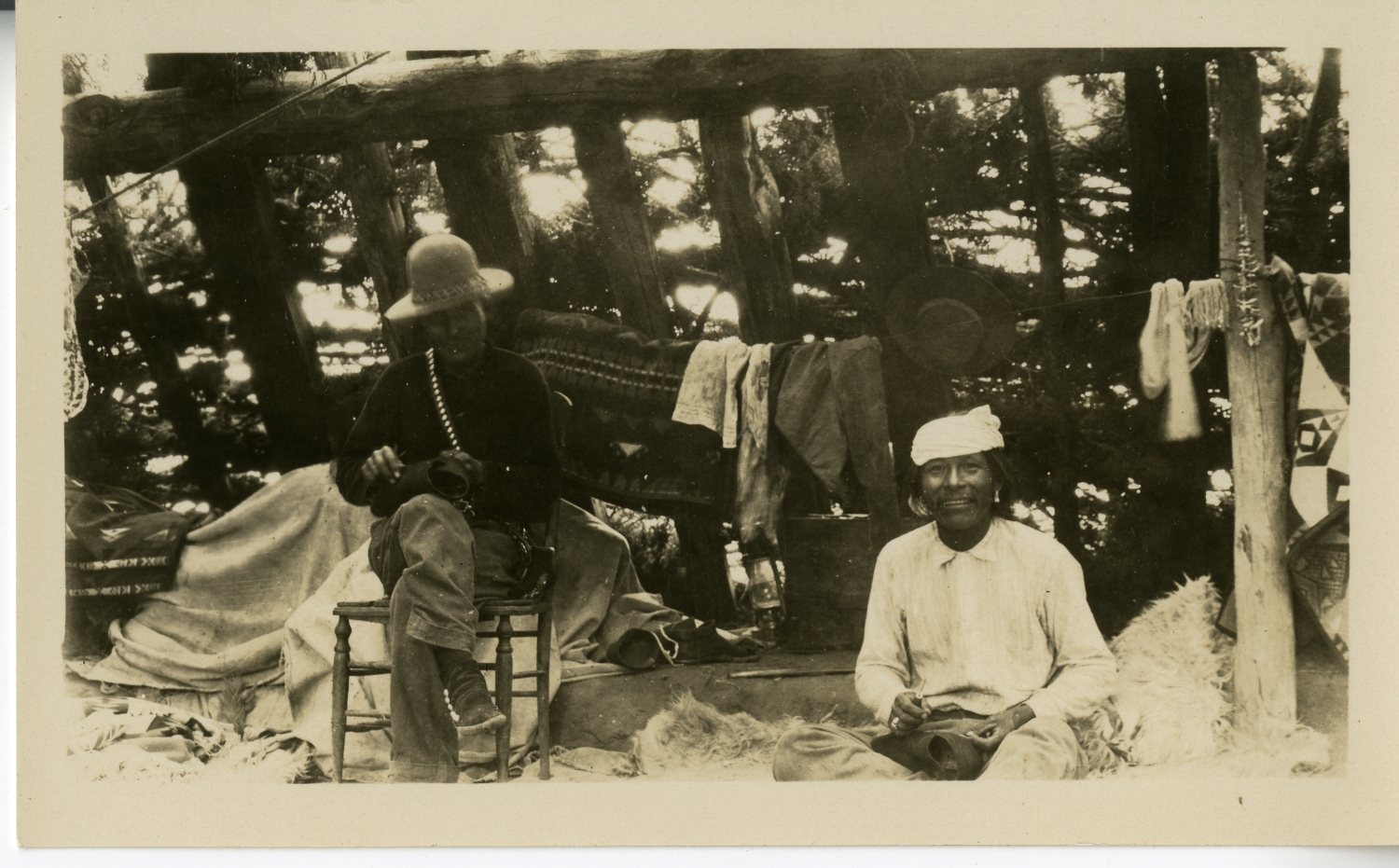Native Americans: Gaps in History
Introduction
Before the arrival of Europeans in North America, the cultures of indigenous peoples of the continent, to whom we refer as Native Americans, relied mostly on the oral transfer of knowledge. Native Americans did not use written languages but depended on verbal languages to share their stories, skills, beliefs, and traditions. That also applied to history. For centuries, Native Americans recorded their history only verbally. The tradition of the oral transfer of knowledge has made it challenging for historians to study Native American past, especially that so few people speak or understand indigenous languages today. This activity will illustrate the difficulty of studying Native American history based on existing records. You will examine two photos from Arkansas taken most likely in the 1880s. At the time, Arkansas shared a border with Indian Territory, which was a land area that the US government reserved for Native Americans. Legally, Indian Territory was a sovereign state and Native Americans held rights to its land. However, throughout the 19th century, the US government continued to change the borders of the area, which made Indian Territory smaller and smaller. In 1907, the Oklahoma Enabling Act created the state of Oklahoma by combining Oklahoma Territory (est. 1890) and Indian Territory. That ended the existence of independent Indian Territory. A lot of what we know about Native American past comes not from Native Americans but from people who observed or met with them. Those individuals usually had limited understanding of the cultures and traditions of Native Americans so what they thought they saw was often incorrect. Their interpretation of Native American cultures was also rooted in racial prejudice because European settlers and white Americans considered indigenous cultures to be inferior. Keep that in mind while examining the two photos in this exercise.
Activity Questions
Erin Fehr, an archivist at the the Sequoyah National Research Center, which is one of the largest Native American research centers in North America (located in Little Rock, Arkansas), explains, “As far as we know, there was not an Indian reservation in or near Fort Smith. There are a couple of possibilities. First, the Choctaw and Cherokee Nations were right across the border, and many people, then and now, mistakenly call the land where they live reservations. Second, at one time it was standard practice to call military forts ‘military reserves.’ The title could be referring to Fort Smith as a reserve, not a reservation.”
Keeping this information in mind, answer the following questions:
- Examine individuals in the background of the photo. What are they wearing? What are they doing? Why are they standing behind what looks like a barrier made of rope?
- What about Native Americans in the foreground? What are they wearing? What are they doing?
- This photo was taken in an area that was at the time at or near the border between the United States (Arkansas) and Indian Territory. Keeping that in mind, what do you think is going on in this photo? How and why are the two groups of individuals in the photo interacting?
- Despite limited information, what can we learn from this photo? How can we verify our interpretation to make sure that we do not misunderstand and misrepresent what is going on in the photo?
- Who are the two individuals in the photo?
- What are they wearing?
- What are they doing?
- Where are they posing for the photo?
- What skills are they showcasing?
- How would you describe their mood?
- What can we learn about Native Americans in the late 19th century from this photo?
Primary Sources
To learn more about the primary sources featured in the activities above, click the following links:
Arkansas Social Studies Standards
US History 1800-1900, Grade 8
- Strand: Era 6: Development of the Industrial United States 1870-1900
- Content Standard 3: Students will analyze the development of the industrial United States and the economic and cultural transformation that led to modern America.
- Era6.3.8.6: Evaluate federal Indian policy, westward expansion, and the resulting struggles from a variety of perspectives using multiple sources
Arkansas History, Grades 9 – 12
- Strand: Era 3: Civil War Through the Gilded Age 1861-1900
- Content Standard 3: Students will analyze factors that influenced the perspectives of Arkansans from the Civil War through the Gilded Age.
- Era3.3.AH.9-12.5: Examine effects of social and economic transformations on various regions and segments of the population (e.g., rise of industry, prosperity, transportation, movement of people, immigration, education reform)
US History Since 1890, Grades 9 – 12
- Strand: Era 7: Emergence of Modern America 1890-1930
- Content Standard 1: Students will evaluate the territorial expansion and foreign policy of the United States between 1890 and 1930
- Era7.1.USH.1: Analyze social, economic, political, and geographic effects of acquiring new territories on the development of the United States
Key Terms
Downloadable Guides and Handouts
We encourage K-12 educators to use History Alive: Virtually! in a way that will best match their classroom needs. The “Exercise” handout includes a complete exercise as featured on this website, the “Primary Sources” handout includes only primary sources used in the exercise, and the “Questions” handout includes analytical questions from the exercise but is editable and can be easily changed to best match students’ needs.
Native Americans: Gaps in History – Exercises



